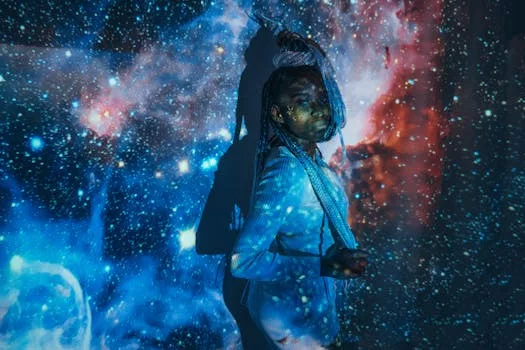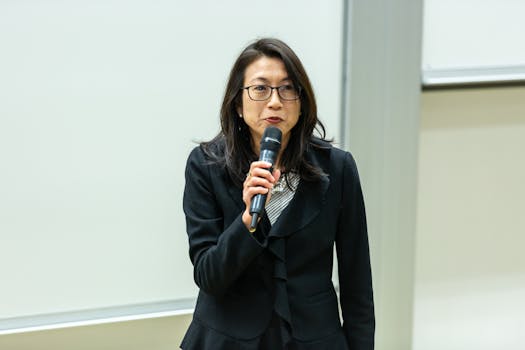
“
The Infinite Universe of Imagination: Beyond Celestial Boundaries
The Infinite Universe of Imagination: Beyond Celestial Boundaries
The infinite universe of imagination is a vast and wondrous place, full of endless possibilities and creativity. It is a realm where the human mind can roam free, unencumbered by the constraints of reality. In this universe, anything is possible, and the boundaries of space and time are but a distant memory.
Section 1: Introduction to the Infinite Universe
The concept of the infinite universe of imagination is not new. It has been explored by philosophers, scientists, and artists for centuries. From the ancient Greeks to modern-day thinkers, the idea of a boundless and ever-expanding universe has captivated human imagination. In this section, we will delve into the history and philosophy of the infinite universe, and explore its significance in modern times.
History of the Infinite Universe
The idea of an infinite universe dates back to ancient times. The Greek philosopher Aristotle believed in a finite universe, with the Earth at its center. However, other philosophers, such as Epicurus, argued that the universe was infinite and boundless. The concept of an infinite universe gained popularity during the Renaissance, with thinkers such as Giordano Bruno and Johannes Kepler proposing new models of the universe.
Philosophy of the Infinite Universe
The philosophy of the infinite universe is complex and multifaceted. It raises questions about the nature of reality, the existence of multiple universes, and the potential for life beyond Earth. Some philosophers argue that the infinite universe is a product of human imagination, while others believe it is a real and tangible place. In this section, we will explore the different philosophical perspectives on the infinite universe and their implications for our understanding of the cosmos.
Section 2: Exploring the Wonders of the Cosmos
The infinite universe of imagination is not just a product of human creativity; it is also a reflection of our fascination with the wonders of the cosmos. From the stars and galaxies to black holes and dark matter, the universe is full of mysteries waiting to be unraveled. In this section, we will explore some of the most fascinating phenomena in the universe and their significance for our understanding of the infinite universe.
Stars and Galaxies
Stars and galaxies are the building blocks of the universe. They are the source of light and energy that illuminates the cosmos and makes life possible on Earth. The study of stars and galaxies has revealed a vast array of celestial objects, each with its unique characteristics and properties. From the majestic spiral galaxies to the explosive supernovae, the universe is full of breathtaking wonders that inspire our imagination and spark our curiosity. For a deeper look into how imagination interacts with these celestial bodies, check out Cosmic Creativity.
Black Holes and Dark Matter
Black holes and dark matter are two of the most mysterious phenomena in the universe. Black holes are regions of space where gravity is so strong that not even light can escape, while dark matter is a type of matter that does not emit or reflect any electromagnetic radiation. The study of black holes and dark matter has revealed new insights into the nature of the universe and the behavior of matter and energy under extreme conditions. These concepts are often explored in the context of galaxies of dreams.
Section 3: The Power of Imagination
The infinite universe of imagination is not just a reflection of our fascination with the cosmos; it is also a testament to the power of human imagination. Imagination is the ability to create new ideas, to think outside the box, and to envision new possibilities. It is the driving force behind innovation, creativity, and progress. In this section, we will explore the importance of imagination in shaping our understanding of the universe and our place within it.
The Role of Imagination in Science
Imagination plays a crucial role in science, particularly in the fields of astronomy and astrophysics. Scientists use imagination to propose new theories, to design experiments, and to interpret data. Imagination is essential for thinking outside the box and for coming up with innovative solutions to complex problems. In this section, we will explore the role of imagination in scientific inquiry and its significance for advancing our understanding of the universe.
The Impact of Imagination on Art and Culture
Imagination has a profound impact on art and culture. It inspires creativity, fuels innovation, and shapes our perception of the world. From literature to music, from painting to sculpture, imagination is the driving force behind artistic expression. In this section, we will explore the impact of imagination on art and culture and its significance for shaping our understanding of the human experience.
Conclusion
In conclusion, the infinite universe of imagination is a vast and wondrous place, full of endless possibilities and creativity. It is a realm where the human mind can roam free, unencumbered by the constraints of reality. By exploring the wonders of the cosmos and the power of imagination, we can gain a deeper understanding of the universe and our place within it. The infinite universe of imagination is a journey of discovery, a journey that can inspire us to think beyond the boundaries of what is possible and to envision new possibilities for the future.
Takeaways
- The infinite universe of imagination is a vast and wondrous place, full of endless possibilities and creativity.
- The concept of the infinite universe has been explored by philosophers, scientists, and artists for centuries.
- Imagination plays a crucial role in science, particularly in the fields of astronomy and astrophysics.
- The power of imagination can inspire creativity, fuel innovation, and shape our perception of the world.
- The infinite universe of imagination is a journey of discovery, a journey that can inspire us to think beyond the boundaries of what is possible and to envision new possibilities for the future.






